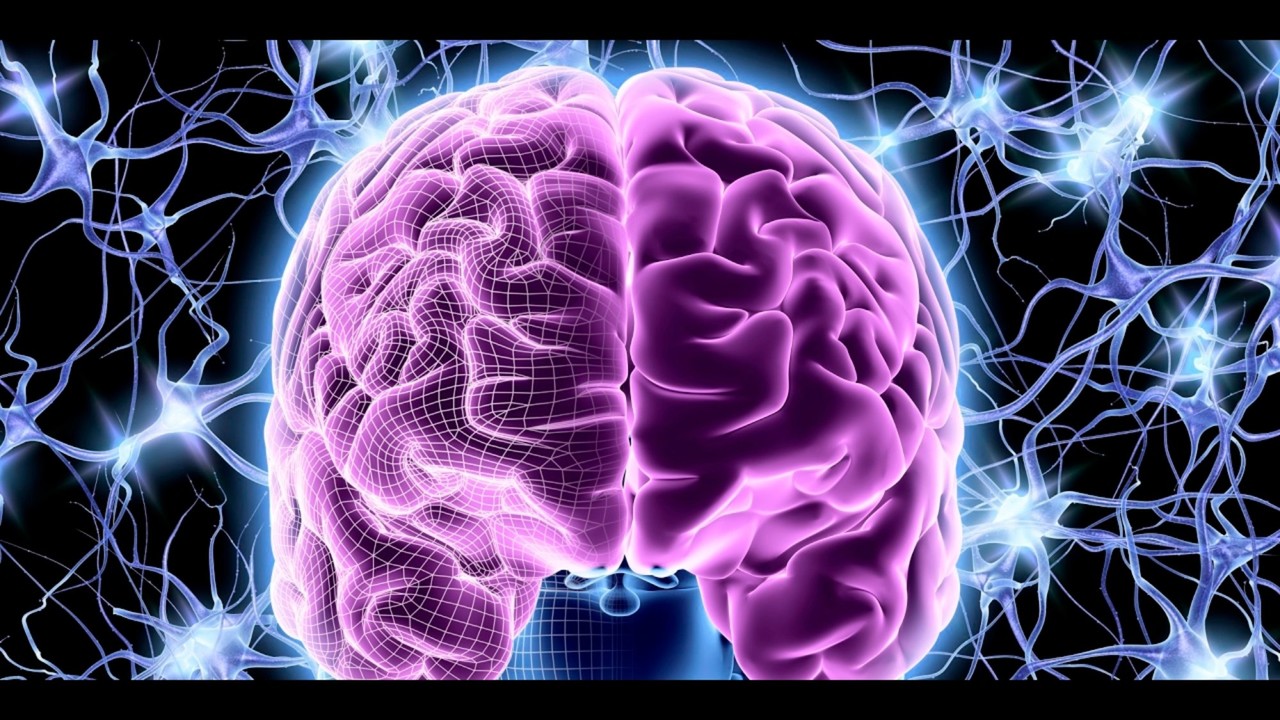
Computer Brain Interface
Tesla and SpaceX CEO Elon Musk has founded a new company called Neuralink Corp. According to the Wall Street Journal Neuralink will be pursuing what Musk has previously called “neural lace” technology, which consists of implanting tiny brain electrodes that could one day upload and download our thoughts. This type of technology has been fantasized about for some time and has actually been under development with recent breakthrough in research.
In The Culture science fiction series, written by Scottish author Iain M. Banks, humanoids install devices on their brains called a “neural lace.” A mesh that grows with your brain, it’s essentially a wireless brain-computer interface. And now a new kind of flexible circuit has made this science fiction type of future a reality. Implanted via injection, a grid of wires only a few millimeters across can be incorporated with living neurons and listen in to their activity, offering a way for electronics to interface with your brain. Charles Lieber, a nanotechnologist at Harvard University and co-author of a study describing the device in Nature Nanotechnology says that they're trying to blur the distinction between electronic circuits and a living system. Sounds right up Mr. Musk's alley.
The implanted device in connects to a computer, which controls the electric jolts and records the neurons’ behavior.
Lieber's idea is to create a conductive brain interface that mirrors the fine details of the brain itself. As neurons connect with each other in a network that has open spaces where proteins and fluids pass through, the crosshatches in the bendable mesh electronics leave room for neurons to fit in. Electronic brain interfaces like these could someday be crucial for people with neurological diseases such as Parkinson’s.
Musk brought up the idea of using this kind of technology at Recode’s Code Conference in 2016 saying that this would be a digital layer located above the cortex and built right into the brain. This would intertwine computers with the human brain. We have already augmented our capabilities with technology like mobile phones and other devices, all connected to the internet and software services in the cloud. I have the whole internet in the palm of my hand.
The thinking behind Neuralink would take this one step further and provide a brain-computer interface in a way that would truly begin to meld human and machine. Elon Musk believes this is an imperative before AI eats the world. His focus certainly seems to be around enhancing capabilities to create humans with super powers, while the researchers are more looking to help with medical conditions and correct deficiencies. Either way, the notion of a brain-computer interface is attractive and would potentially allow an AI layer over my cerebral cortex and could even allow at some point my consciousness to be uploaded to the cloud.
Ray Kurzweil, Chief Scientist at Google, famously believes that this will be possible by 2045. During his speech at the Global Futures 2045 International Congress in New York, June 2013 Kurzweil said:
"Based on conservative estimates of the amount of computation you need to functionally simulate a human brain, we'll be able to expand the scope of our intelligence a billion-fold."
In Kurweil's book, The Singularity Is Near, he plots this development and journey towards singularity in a graph. I don't think that Elon Musk is necessarily trying to hasten the advent of the singularity, but it does seem that he is closely aligned to Ray's thinking.


Independent Business Owner at ArrStudio
5ywww.aitwitter.com
Docteur enSciences du Langage Spécialité : Français Langue Étrangère (FLE) Université de BISKRA
6yIs there documents about neuroscience please ???
Genome/Variant analyst/molecular genetics/exome sequencing
6yWow pretty nice discovery it is:-)
Full Stack Developer | Sr. Application Developer with FedEx at Cook Systems, Inc.
6yWEW! Matrix (a la shadowrun ) when??